Have you ever been in a relationship with someone and wanted him to experience some of the things you enjoy – even if it’s something entirely outside his world? Over the past year-and-a-half, I’ve introduced Ken to many such things, most involving firearms. Recently, I received two A400 Upland shotguns in 28 gauge from Beretta. These lightweight (5.73 pounds) shotguns feature a wood stock with the Kick-Off plus technology that reduces recoil by 50 percent. It was a no-brainer that the next experience we needed was pheasant hunting, one of my favorites.
Sponsored by Berettta
Learning the Basics
Since this was something entirely new to Ken, I needed to begin with the basics. He’s had experience shooting sporting clays but with an over-under. Beretta’s A400 Upland is a semi-auto shotgun, so he needed to learn how to run this platform.
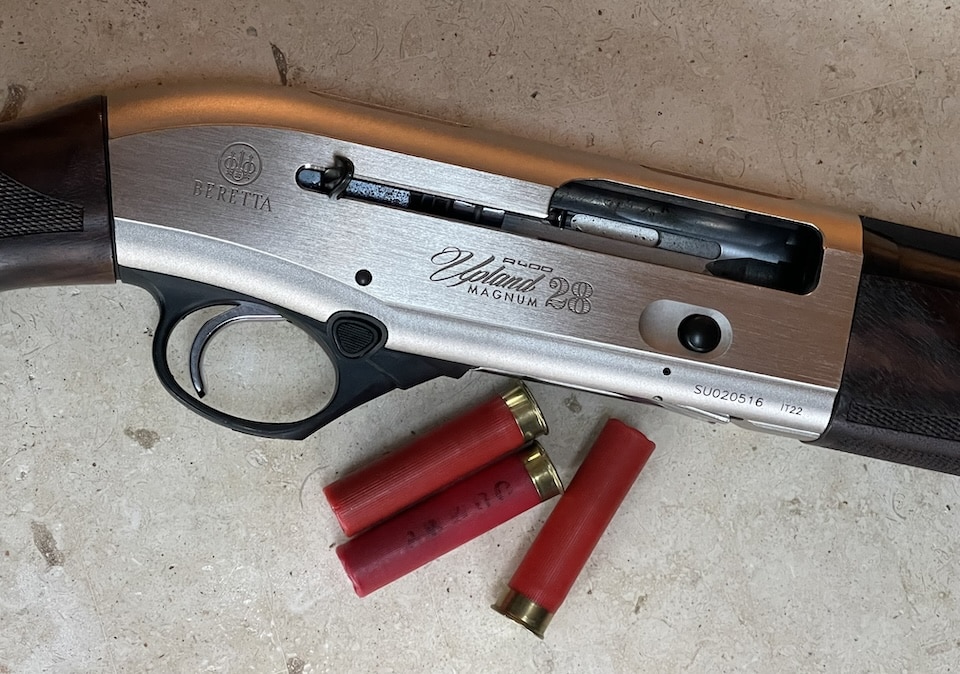
Dry fire with dummy rounds is a great way to teach someone how to manipulate a new firearm. When you’re in the comfort of your home, without others around, it’s easier to learn, ask questions and make mistakes. Oh, and make sure you have plenty of room to swing the shotgun.
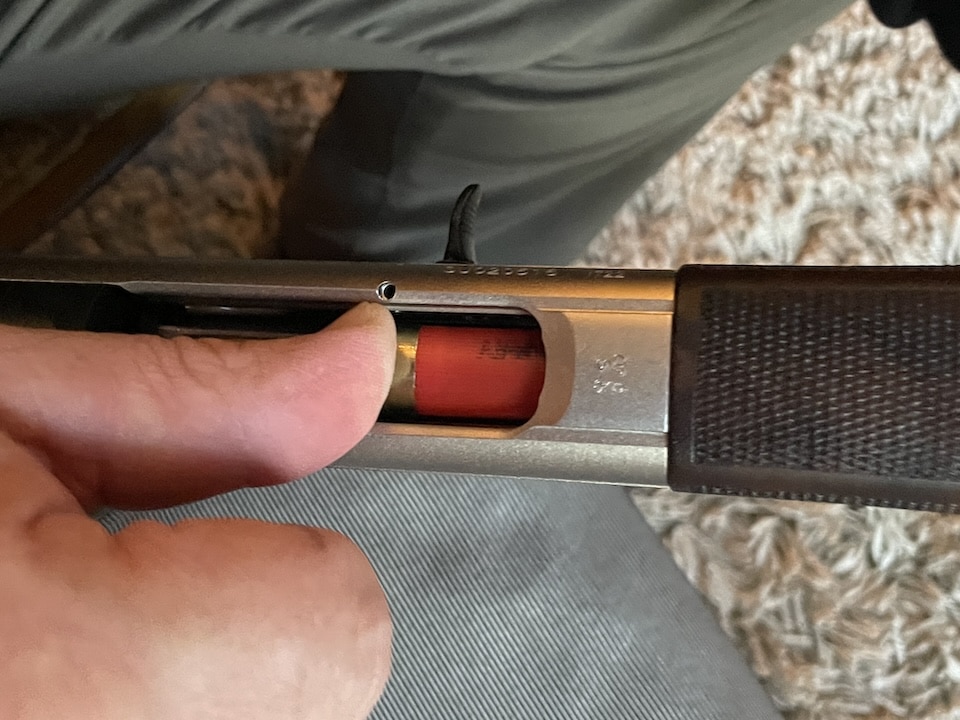
Here are the skills we practiced:
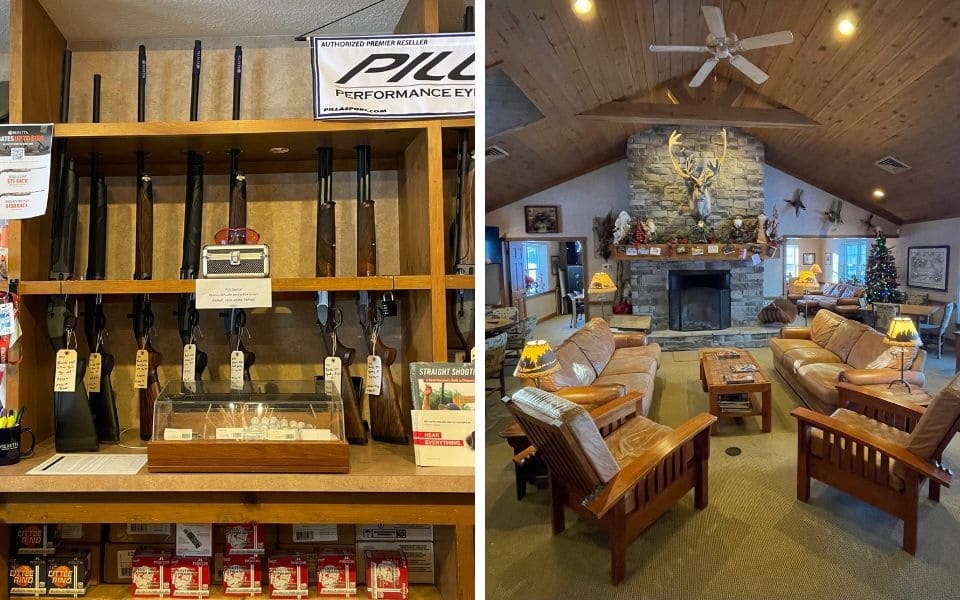
Live Fire
Once Ken felt confident with these skills, it was time for live fire. Fortunately, I belong to Hill’n Dale, a private sportsman’s club, a perfect place for Ken to prepare for pheasant hunting, and also, for me to get time on a new shotgun. It offers numerous sporting clay stations for us to practice, along with options for guided hunts with dogs. It also carries Beretta shotguns in the pro shop.
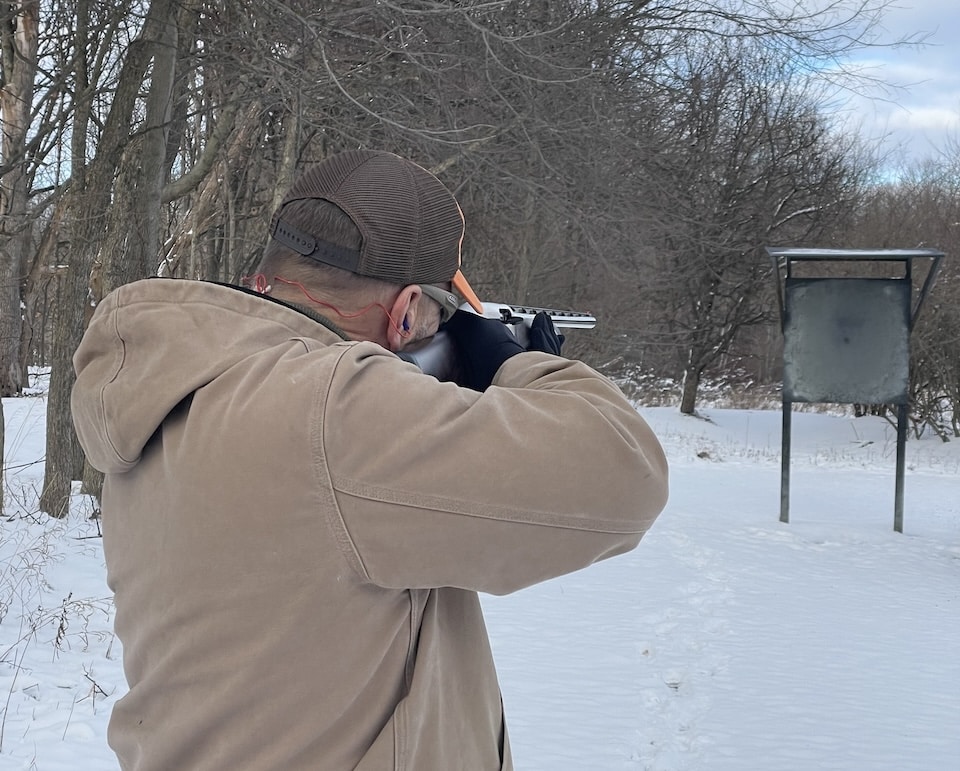
First, we stopped at the pattern board. We set up the A400 Uplands with modified chokes and wanted to determine how the pellets dispersed from each gun. We both noted where the pellets impacted from our gun since we may have aimed a little differently.
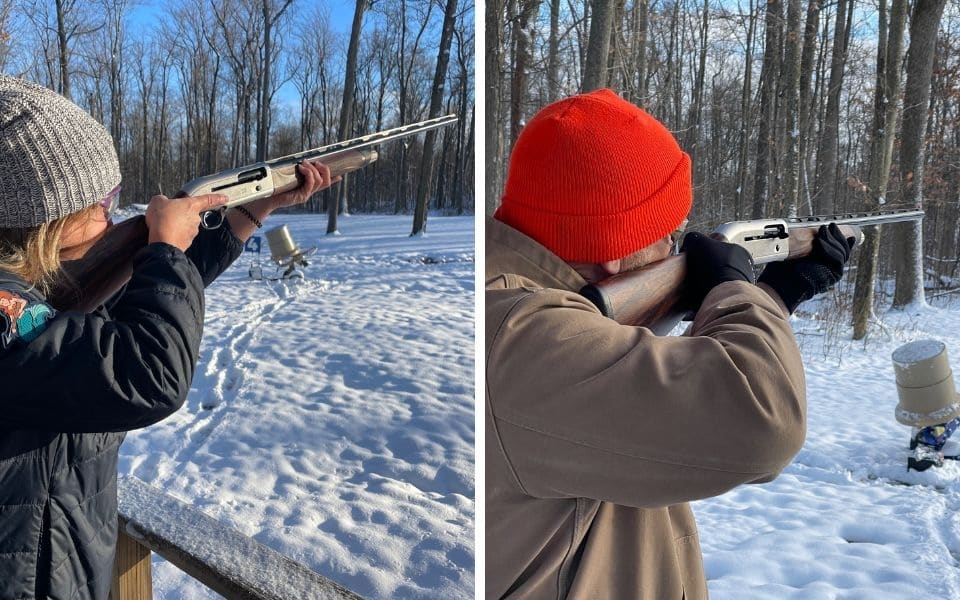
Next, we spent time shooting clays at stations with presentations replicating what we might see with pheasants, such as going away or crossing. We also worked on shooting from low gun as we practiced at home.
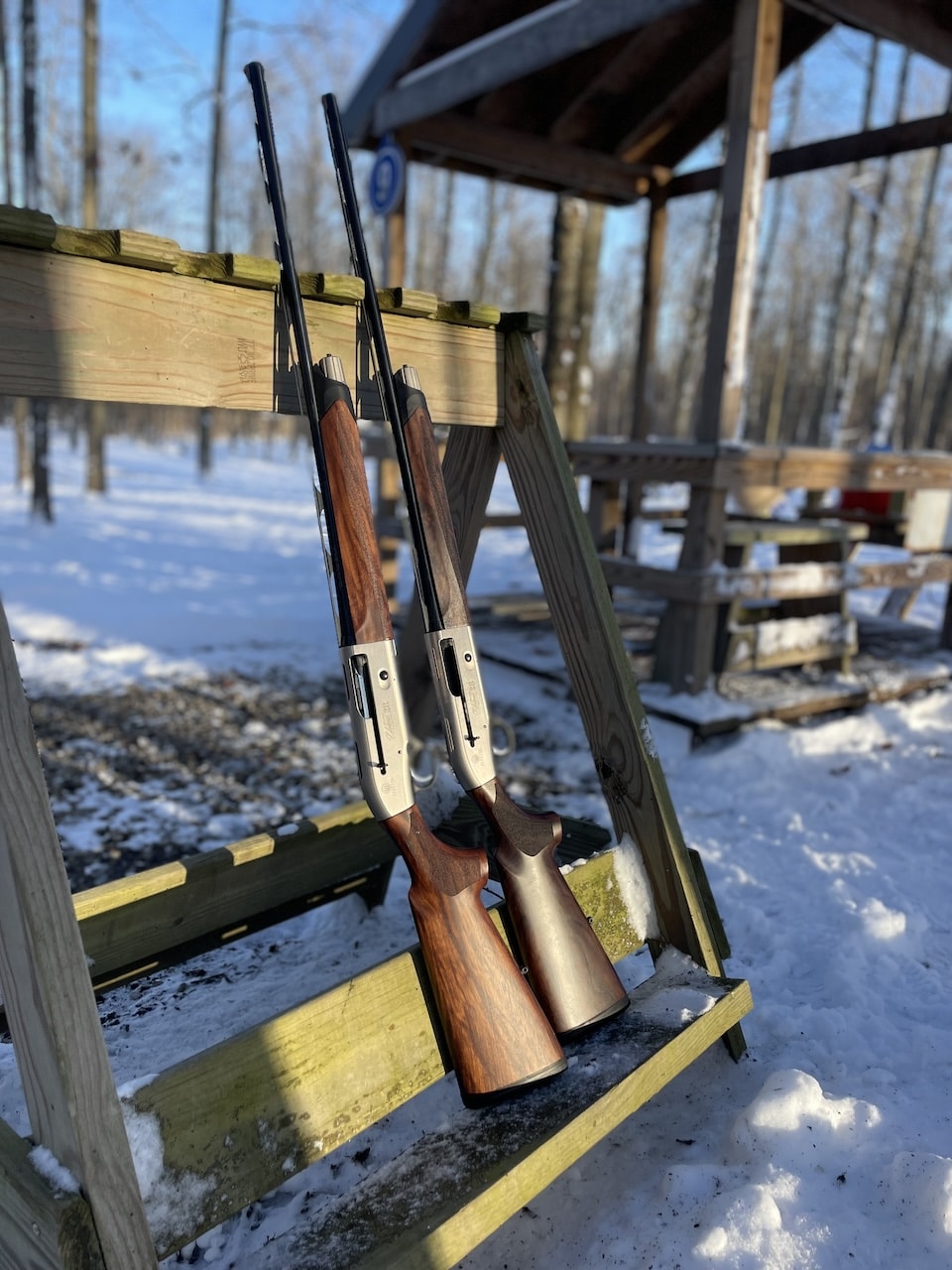
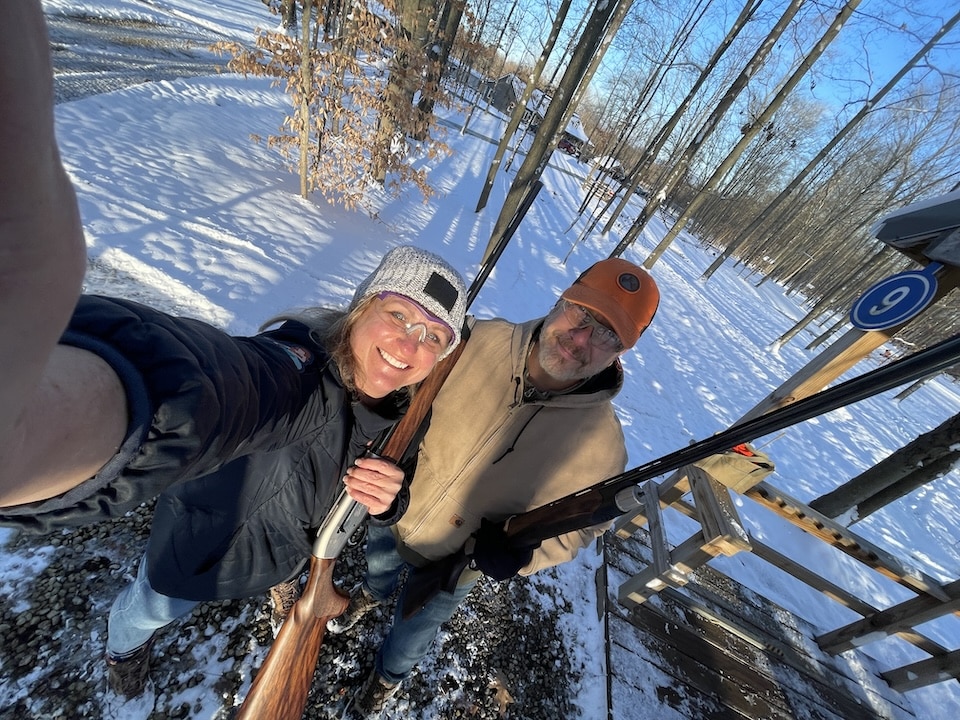
The Pheasants
Once we had our fill of shooting – yes, that is possible when it’s really cold as it was on this particular day – we decided to see if we could kick up some pheasants. As I mentioned, Hill’n Dale offers hunts to members. The hunts are with pen-raised pheasants, which provided an excellent opportunity to show Ken the size of the pheasants and allow him to hear the sounds they made.
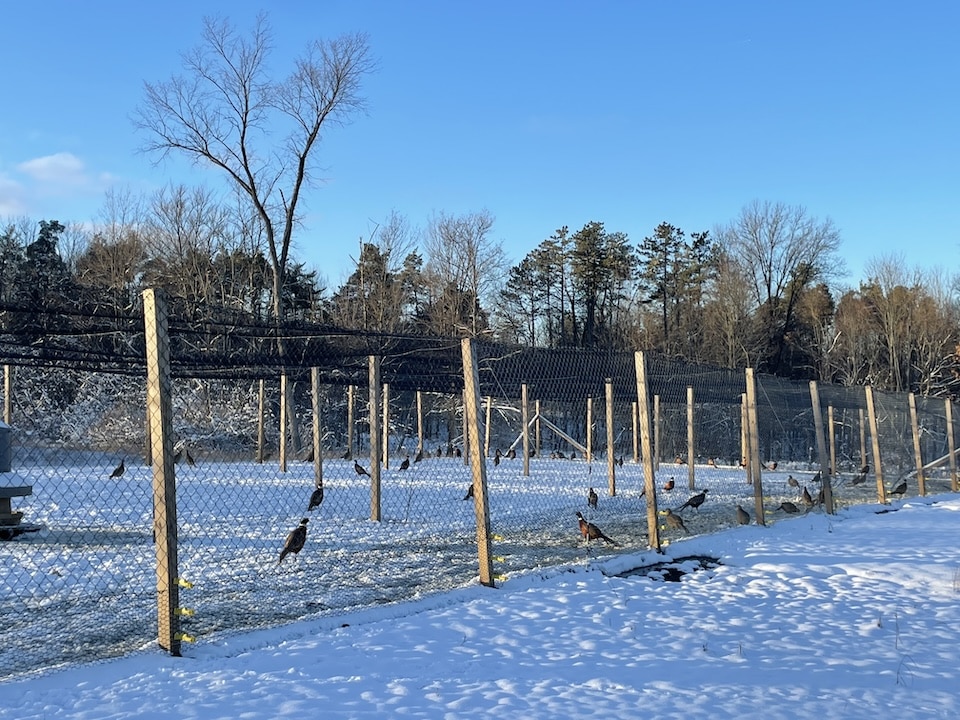
Explaining the Hunt
Now that we both had time on task with our Berretta A400 Uplands it came time to discuss the upcoming hunt, beginning with safety:
1. Revisit the four firearms safety rules.
2. These shotguns have safeties, so keep them engaged until shouldering them.
3. Maintain a parallel line with other hunters by adjusting your pace as needed. Also, try to maintain the same distance from the hunter on each side of you.

4. Shoot only in your safe zone-of-fire.
5. Before you shoot, make sure you see a blue sky under the bird. This helps ensure your shot is safely above a dog’s head.
6. If there is ANY doubt in your mind about whether you should take a shot, don’t do it.
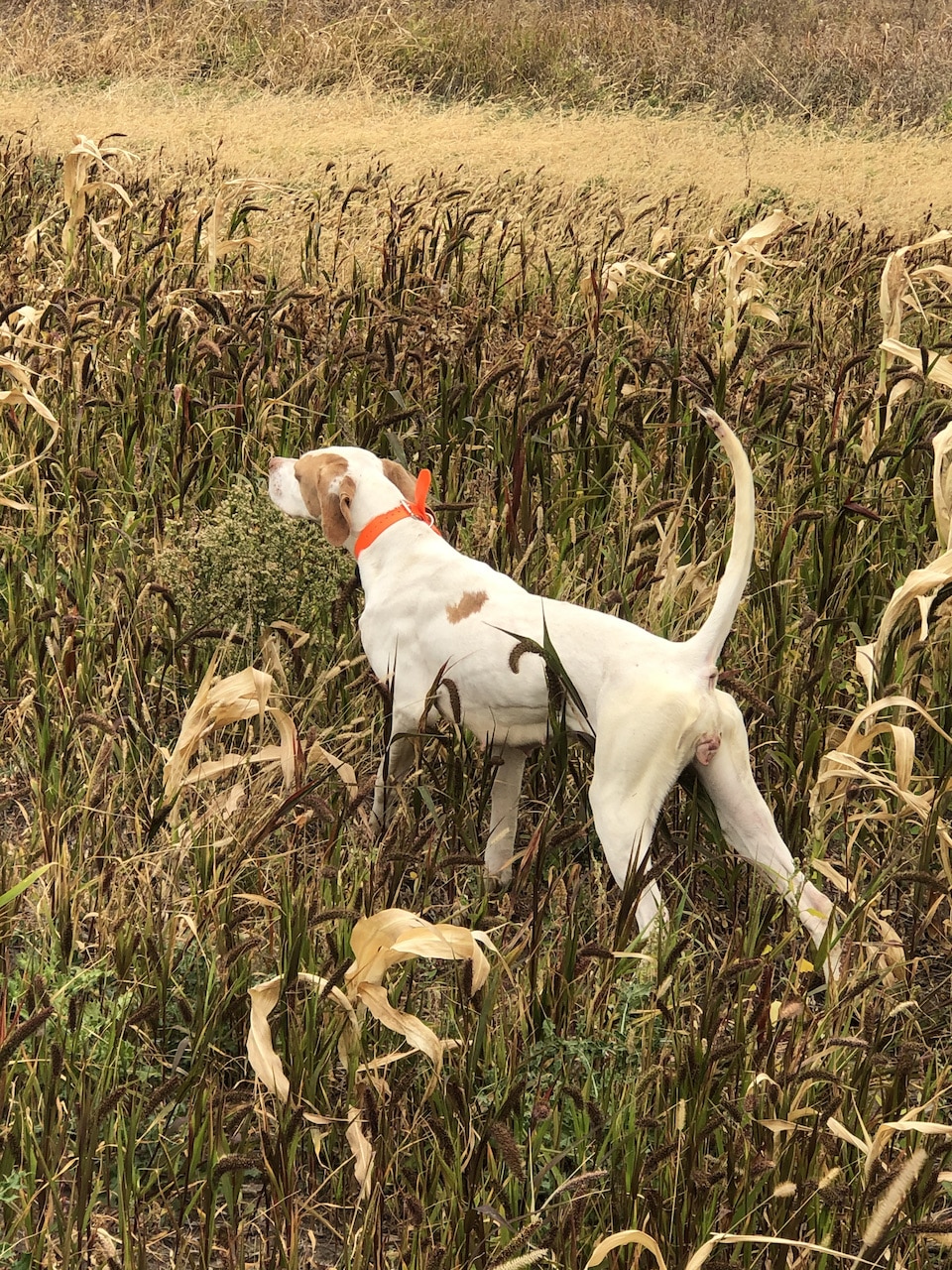
Aside from safety, there is also proper pheasant hunting etiquette:
1 Never give commands to the guide’s dog. He has trained his bird dog to do things in a particular way by responding to specific commands. Don’t cause confusion.
2 Pick up your empty hulls or any other trash you come across during the hunt.
3 At the end of the field, empty your shotgun and open the action or chamber. Never get into a vehicle with a loaded shotgun.
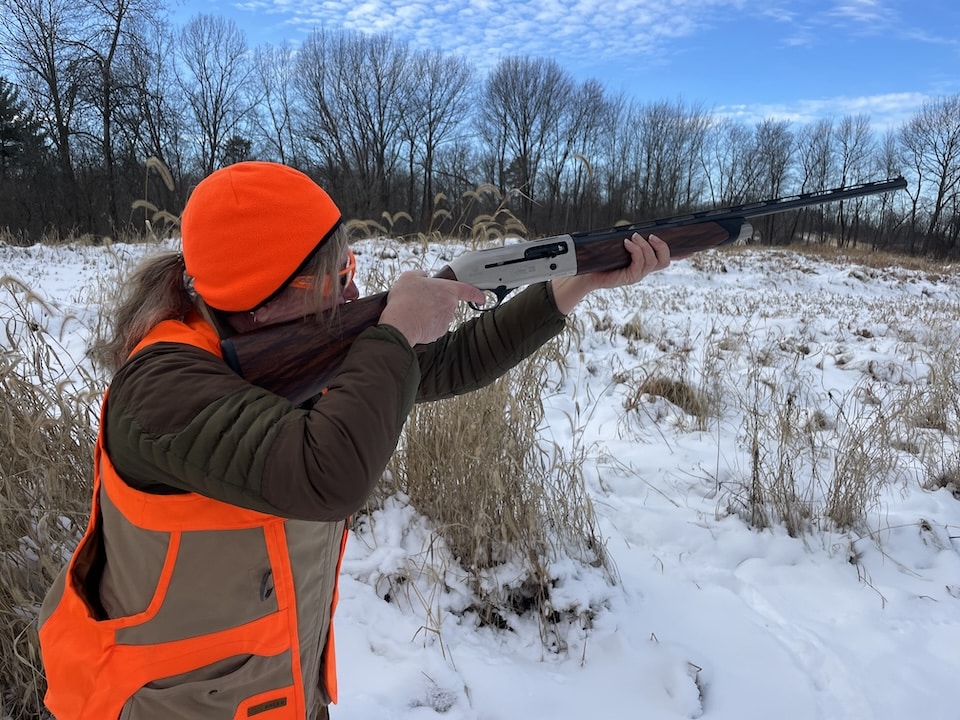
Practicing the Hunt
Although shooting sporting clays may mimic some aspects of pheasant hunting, there’s still a huge difference once you’re out in the field. To totally immerse Ken in the hunt, so he knew what he was getting into, we went back to Hill’n Dale to do a practice hunt in the field.
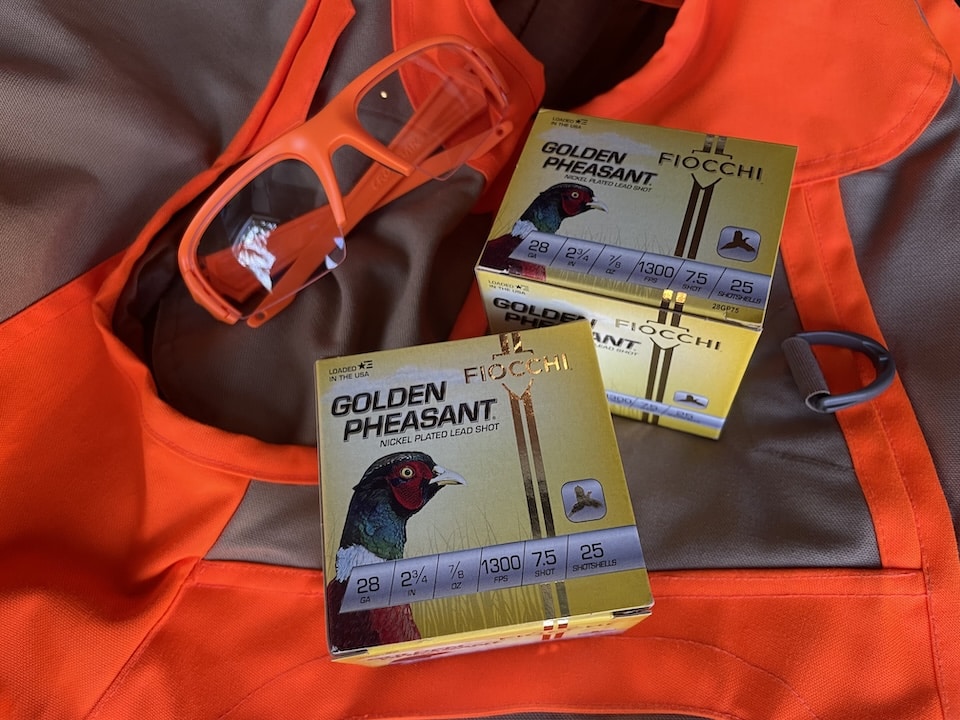
We both put on the clothing we planned on wearing to the hunt. This gave us the opportunity to check for snags or hang-ups while shooting the guns and to figure out where we wanted to store shotgun shells, gloves and other items. Since we were allowed to shoot, we used some of the Fiocchi Golden Pheasant shells we planned on using for the hunt.
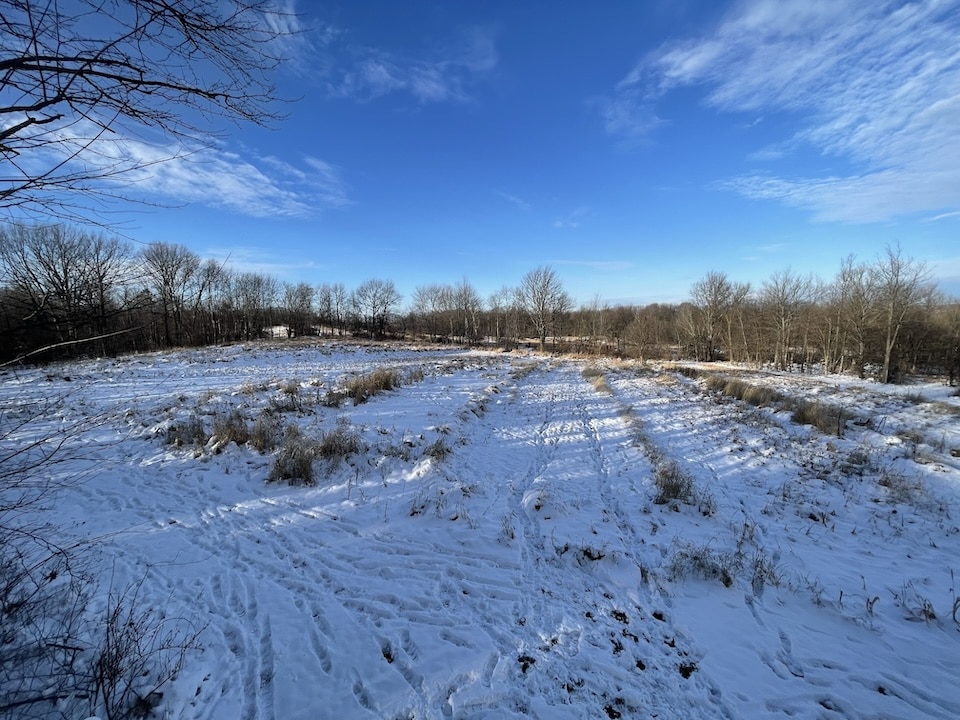
While we walked the fields, I reiterated the importance of muzzle discipline. With new hunters, it is best to have them walk on the left (for right-handed shooters), since it’s more natural to carry a shotgun while keeping them from muzzling other hunters. Switch this for lefties.
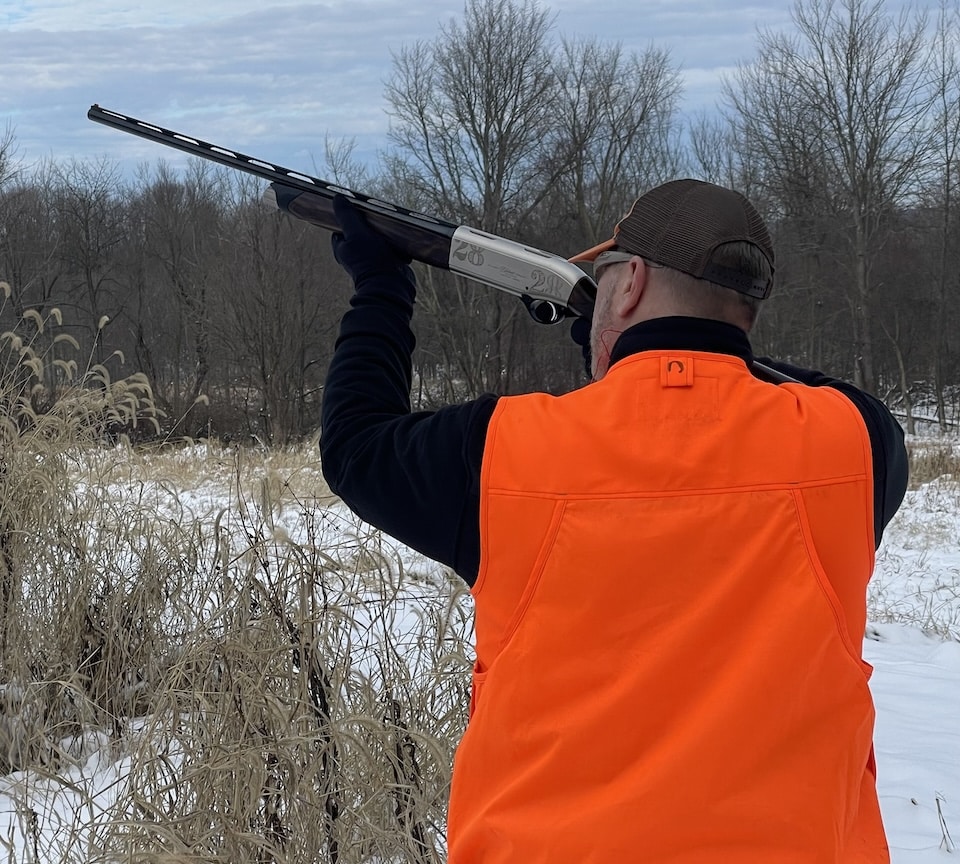
I also explained to Ken how it works with flushing and pointing dogs. We practiced walking up to a dog on point and shooting a flushing bird, using the safety and making sure to see the sky below the barrel.
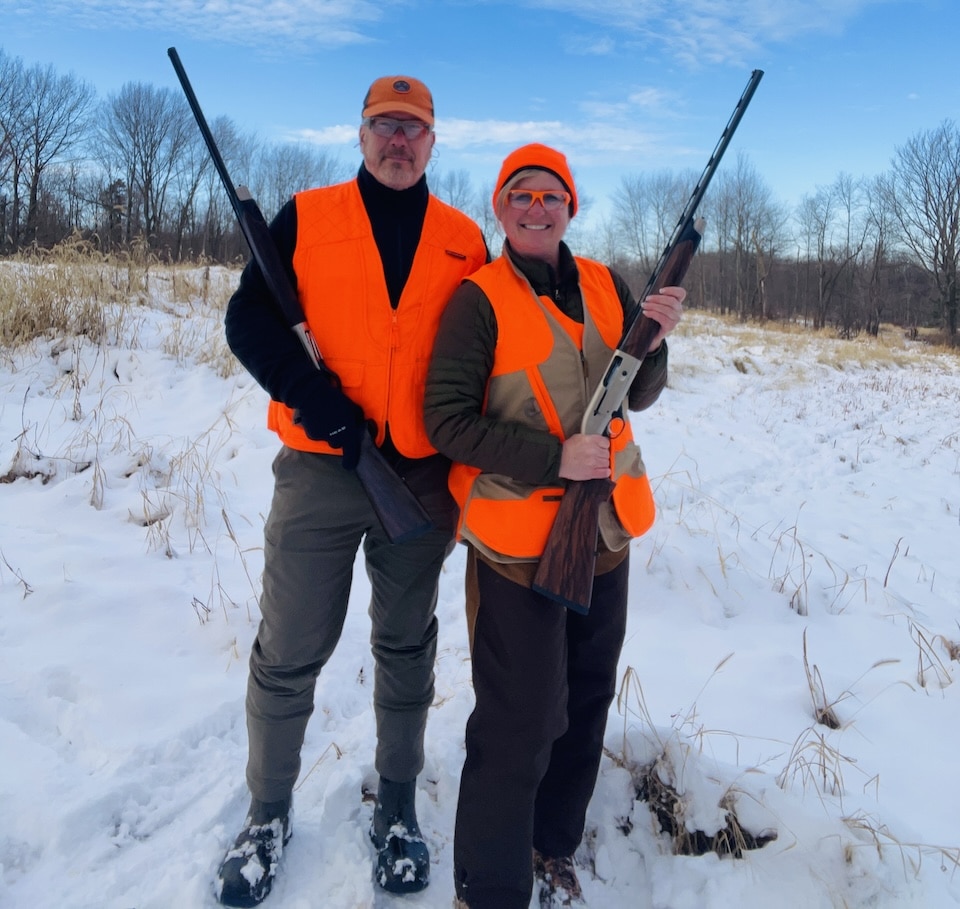
This may seem like a ton of work just to introduce Ken to pheasant hunting, but I believe it’s essential to cover all the bases when firearms are involved. Also, it’s not like it was wasted time; we had a lot of giggles, shot new shotguns and even got in some exercise on a cold day.
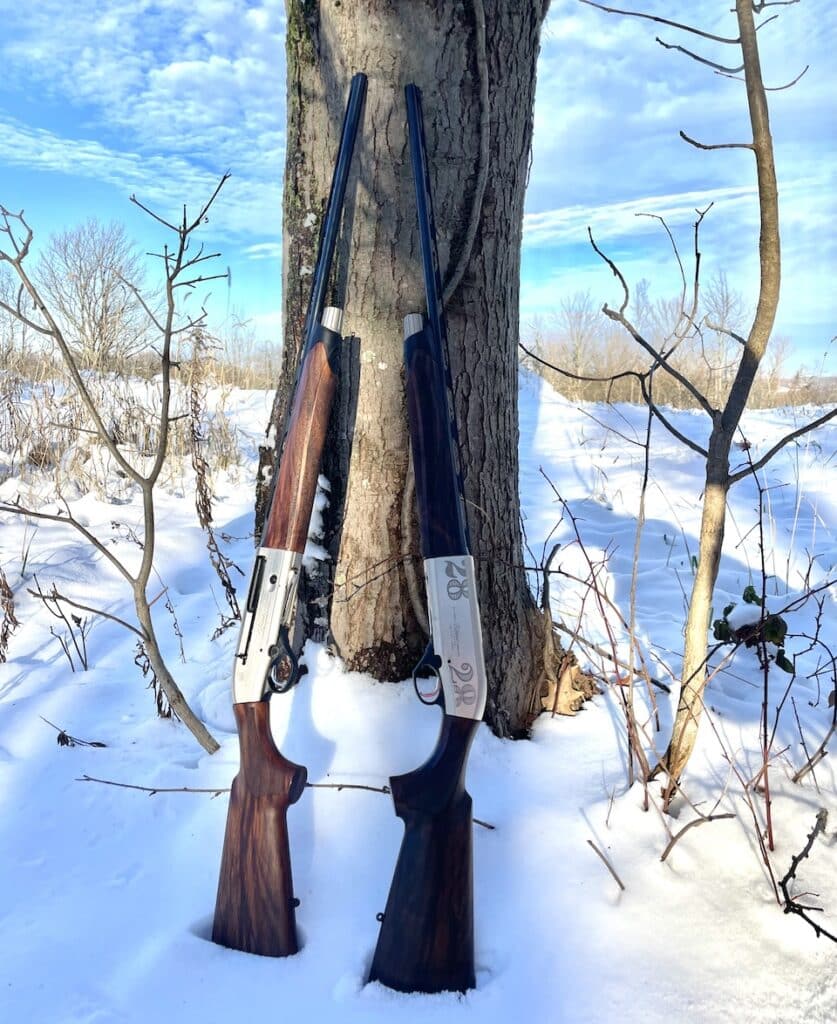
You can find the entire family of Beretta A400 shotguns here.
Check out all the fine shotguns Beretta offers here.
Michelle Cerino, aka Princess Gunslinger, first entered the firearms industry in 2011 as co-owner, president and trainer at a national training company. She immediately began competing in both 3-Gun and NRA Action Pistol, becoming a sponsored shooter. Michelle is currently a columnist and Managing Editor of Women’s Outdoor News, as well as owner of Pervenio LLC. She also manages social media for Vera Koo and FASTER Saves Lives. Michelle encourages others to step out of the comforts of home and explore. View all posts by Michelle Cerino